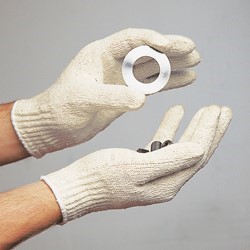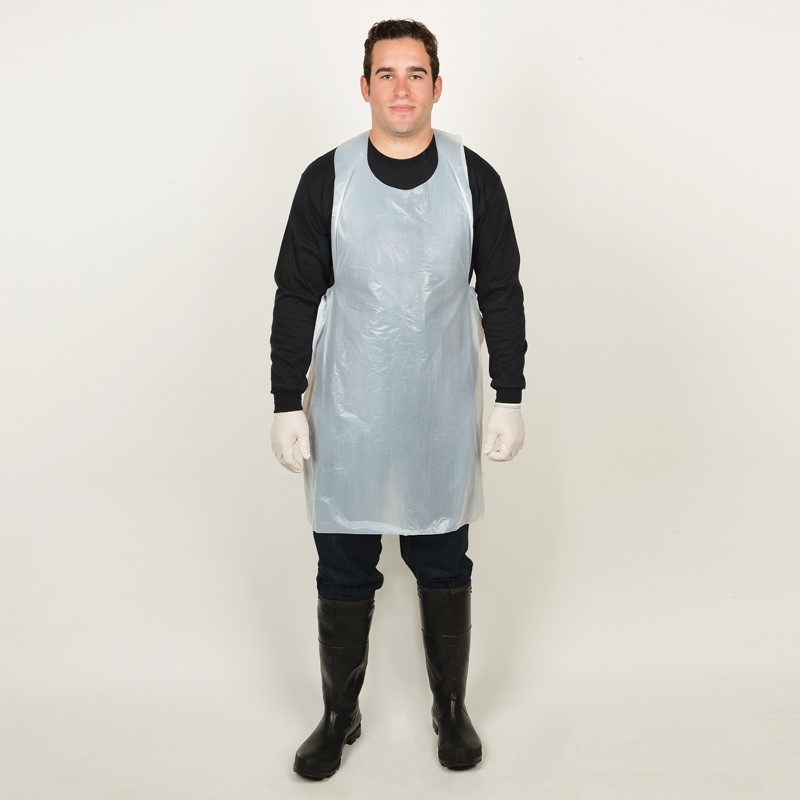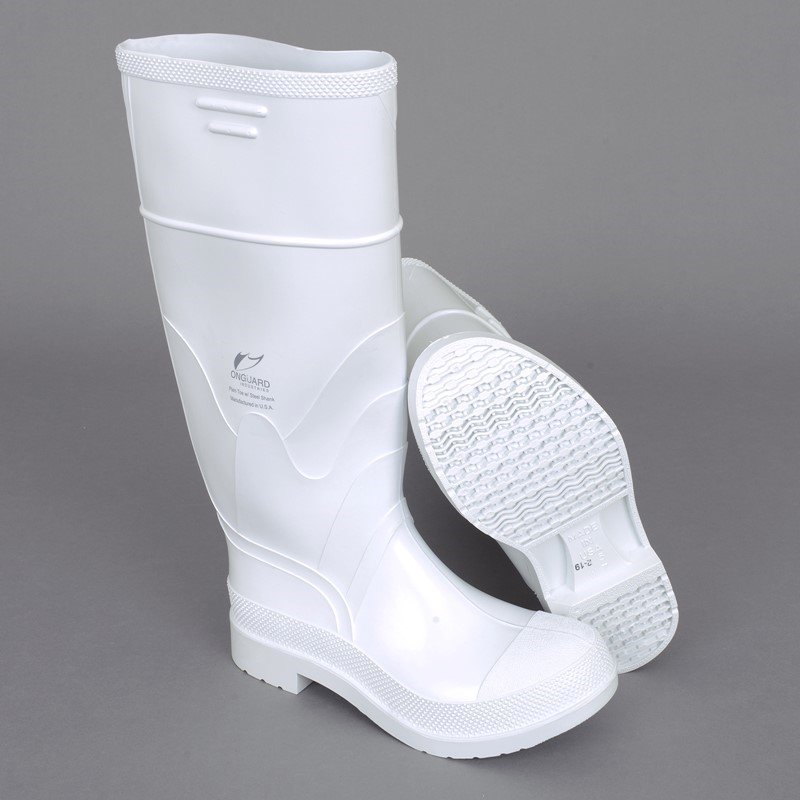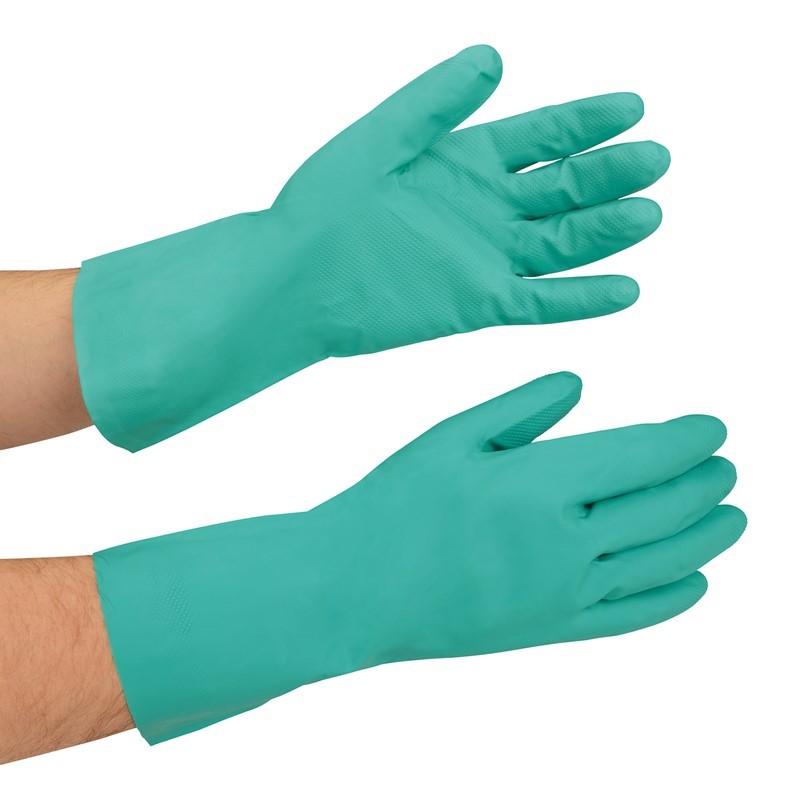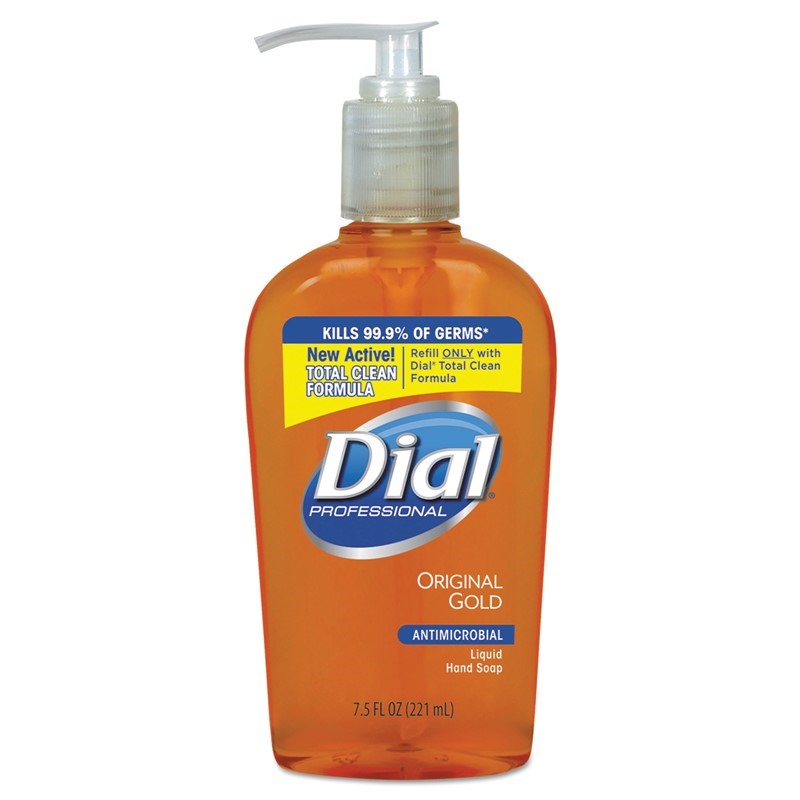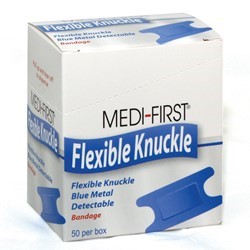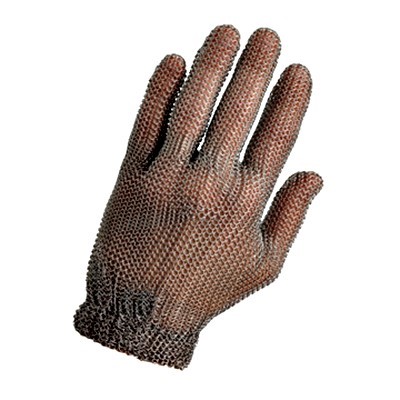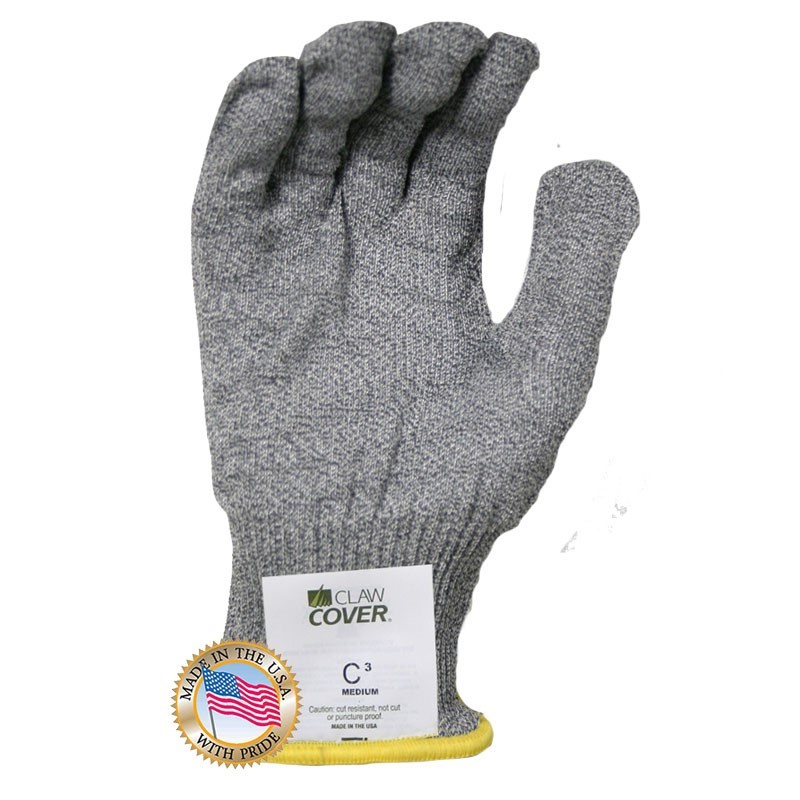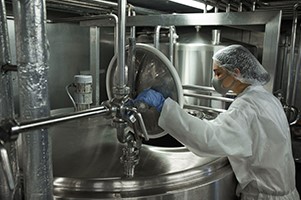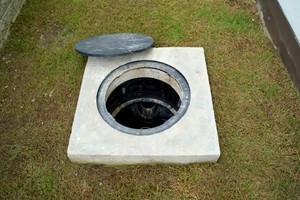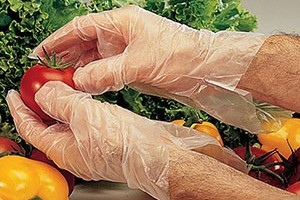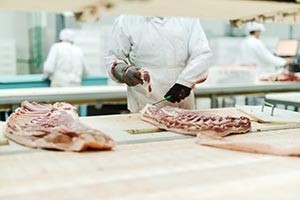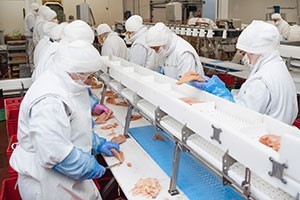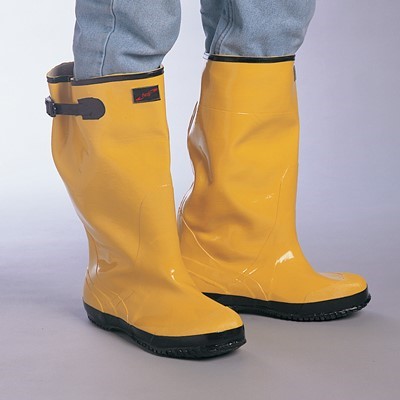
Food manufacturing, especially meat processing, faces unique challenges. Efficient production methods, raw material costs, product quality, and food safety affect day-to-day operations, whether producing a single ingredient or a finished product. This vast sector that employs well over a million Americans in facilities coast to coast can look to us for the services and supplies they need to increase productivity, promote safety, and work more efficiently.
If you'd like to learn about the benefits of working with a team that's dedicated to helping you achieve more, contact us by calling: 1-800-568-2764 or CLICK HERE
Health & Safety Hazards
Electrical and other Hazardous Energy
Uncontrolled electrical or hazardous energy can harm workers if machinery isn't operated or maintained correctly. Both operational and lockout/tagout (LOTO) procedures should be followed at all times. Utilizing proper head protection, gloves, and clothing can significantly reduce the likelihood of employee injury should an accident occur.Slips, Trips, and Falls
The floors in processing plants can produce hazards. To keep themselves out of the ER, employees should wear footwear with non-slip soles that provides adequate traction and is appropriate for the work conditions. Avoid falls by keeping walkways free of clutter, using ladders properly, and using personal fall arrest systems (PFAS) where necessary.Chemical Exposure
Burns, dermatitis, and inhalation sickness can affect those who work in food manufacturing. Workplaces with hazardous chemicals like ammonia and pest control substances must use engineering and administrative controls, identification labels, safety data sheets (SDS), and employee training to limit exposure. Gloves, sleeves, coveralls, respirators, and spray socks are examples of helpful personal protective equipment (PPE).Sharp Surfaces
Cuts and lacerations can come from exposed screws on machinery, knife blades, and slicing machinery. Using food pushers, equipment guards, and the right blade for the job reduces accidents. Cut-resistant gloves also aid in risk reduction.Combustible Dust
Food industry workers who are exposed to combustible particulate matter, including grain, flour, or sugar, face fire and explosion risk. Employers must develop and implement a combustible dust inspection and control plan and work to eliminate or reduce sources of ignition.Burns
Workers in the food industry are routinely exposed to high heat, chemicals and hot substances and may suffer painful burns. Administrative and engineering controls, and appropriate clothing and face protection can help prevent these injuries.Transportation Incidents
Road collisions cause injuries and fatalities each year for truck drivers. By practicing safe driving habits, avoiding alcohol and drug use, and getting proper sleep, accidents can be avoided.Noise
Plant employees are often in loud environments. Prolonged exposure to both loud noise and sudden bursts of noise heavily impact hearing. OSHA requires employers to address hazards to hearing. Controlling noise exposure and using ear plugs and muffs prevent hearing loss at work.Extreme Temperatures
Some food industry employees may be exposed to excessive heat and cold, making their jobs more difficult and putting them at risk for illness. High heat and humidity causes dehydration, heat stress, and heat stroke. Frequent breaks, proper hydration, and air circulation help workers stay well. Cold temperatures may lead to frostbite and hypothermia. Wearing warm gloves and clothing reduces risks.Regulations
Recognizing and controlling hazards is essential in averting injuries and deaths in food manufacturing. To prevent these incidents and remain compliant, safety programs should be structured according to Occupational Safety and Health Administration (OSHA), Food and Drug Administration (FDA), United States Department of Agriculture (USDA), and National Fire Prevention Association (NFPA) regulations. A successful program should encompass the hierarchy of controls, training on operational procedures and risks employees might encounter, as well as proper personal protective equipment (PPE). Read below about some of the regulations put in place by OSHA, USDA, and NFPA.



